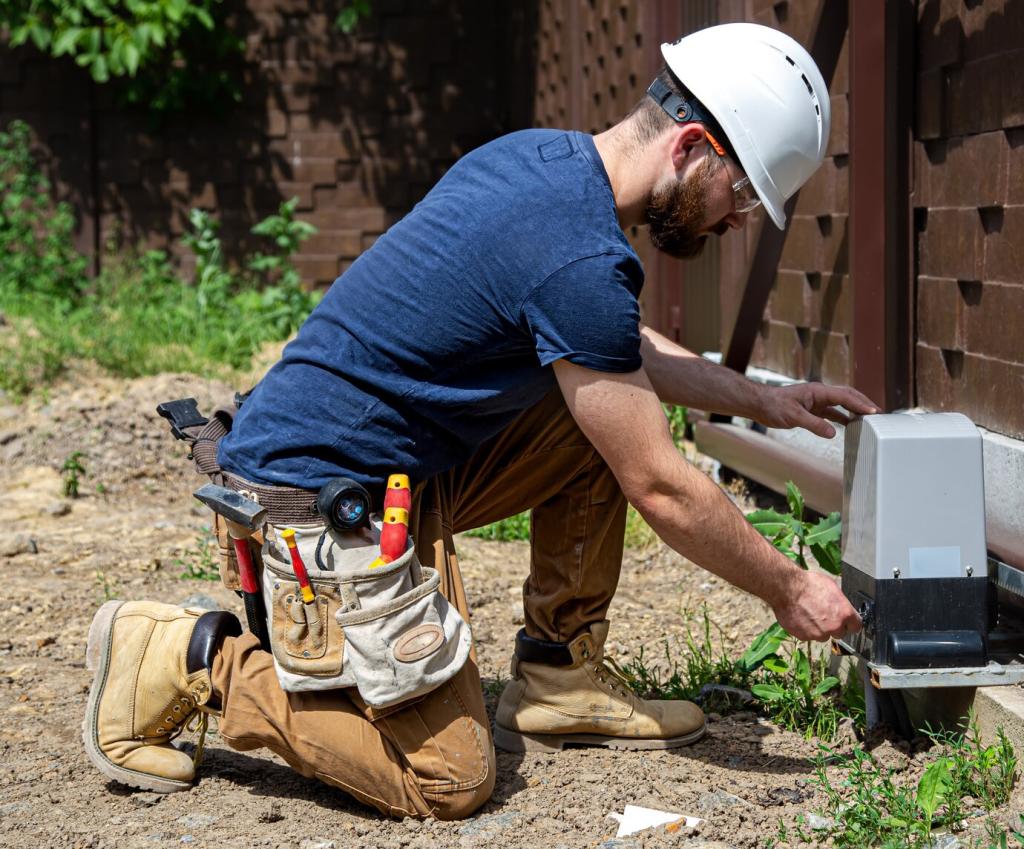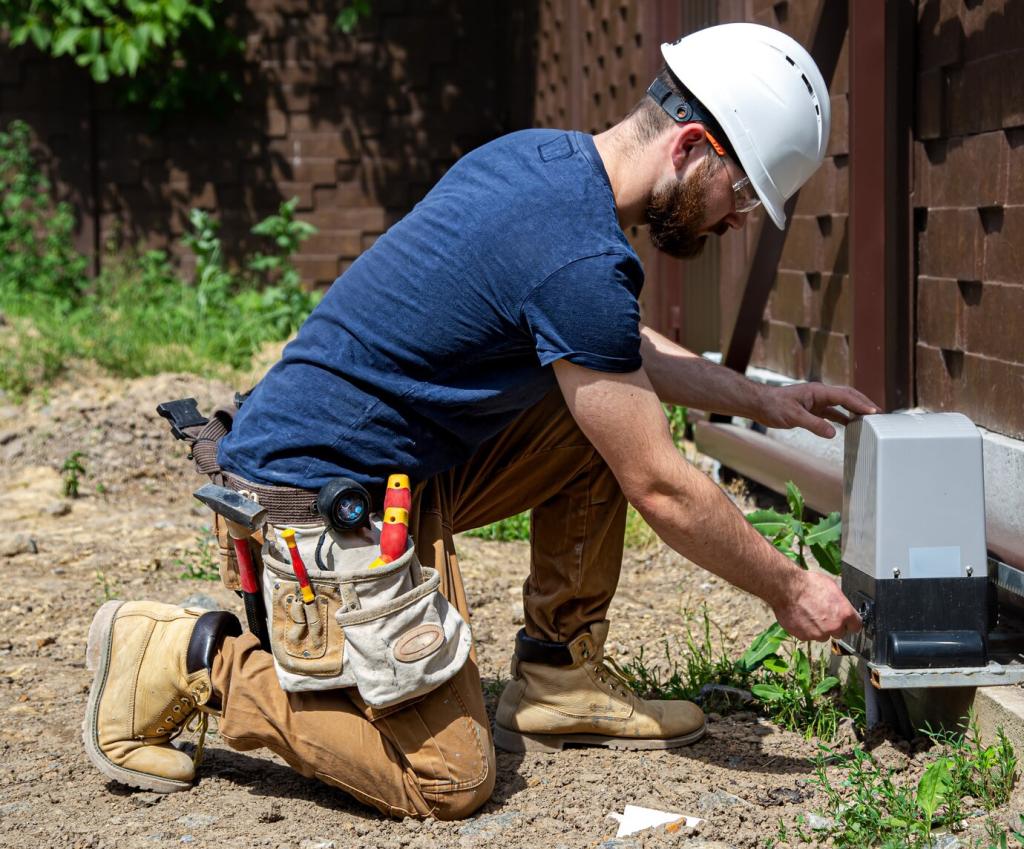
Organic Cleaners for Antique Furniture: Gentle Care for Timeworn Beauty
Chosen theme: Organic Cleaners for Antique Furniture. Celebrate graceful aging with plant-based care, respectful methods, and practical routines that protect patina while keeping heirlooms clean, inviting, and ready to spark conversation. Subscribe and share your favorite natural-care tips with our community.



Safe Natural Ingredients and What They Do
A few drops of liquid castile soap in distilled water creates a mild, pH‑friendly solution for light grime. Apply sparingly with a slightly damp, lint-free cloth, then dry immediately. Always test first; even a modest mix can reveal issues on sensitive finishes.
Safe Natural Ingredients and What They Do
Beeswax offers warmth and softness; carnauba adds a harder protective sheen. Lightly applied, quality wax polishes revive luster without smothering grain. Choose food‑grade or museum‑style formulas, avoid silicones, and buff gently. A whisper of wax beats a heavy coat every time.


Start Dry: Dust and Soft Brush Work
Begin with a microfiber cloth and a soft natural‑bristle brush, lifting dust from carvings, joints, and moldings. Avoid pushing grit across the surface. Dry cleaning reduces scratching and often reveals that only a minimal wet clean is necessary.
Spot Clean With a Mild Solution
Mix a tiny amount of castile soap in distilled water. Lightly dampen a cloth—never soak—and clean in small sections, following the grain. Immediately wipe dry with a second cloth. If shine dulls or color shifts, stop and reassess before continuing.
Finish With a Measured Wax Buff
If appropriate for the finish, apply a thin beeswax‑carnauba blend using a soft cloth. Let it haze slightly, then buff with light, even strokes. This step refreshes glow, adds gentle protection, and invites a tactile, hand‑rubbed feel that honors the wood.

Choose a hidden corner—inside a leg, under an overhang—and trial your cleaner. Watch for clouding, color lift, or tackiness over fifteen minutes and again after a day. If anything seems off, stop and consult a professional conservator.
Test, Observe, and Document
The Problem: Shine Lost, Patina in Peril
Silicone spray had left a smeary, stubborn film. Underneath, the finish still held beautiful depth, but aggressive cleaners would have risked whitening and crazing. The goal was clarity and cleanliness, not a showroom glare.
The Organic Plan in Action
After a thorough dry dusting, a barely damp castile‑and‑distilled‑water wipe lifted grime inch by inch. A museum‑style beeswax with a touch of carnauba followed, applied sparingly and buffed by hand. The room smelled faintly of honey, not solvent.
Results and Lessons to Share
The sideboard regained a calm, satin glow, and the carvings read crisp again. Most importantly, its patina remained unchanged. The family now repeats a gentle dust‑and‑buff routine every few months. Tell us your heirloom victories so we can celebrate together.

What to Avoid Around Antique Finishes
Avoid ammonia, strong alcohols, oven cleaner, and silicone‑based sprays—each can haze, soften, or contaminate finishes. Vinegar is risky on shellac and many varnishes. Organic does not mean careless; choose gentle, proven products and always test first.
What to Avoid Around Antique Finishes
Too much water swells fibers and lifts veneer; heat can print white rings; sunlight fades dyes and darkens some finishes. Keep cleaning cloths barely damp, use coasters, and rotate placement to protect surfaces from intense light.
